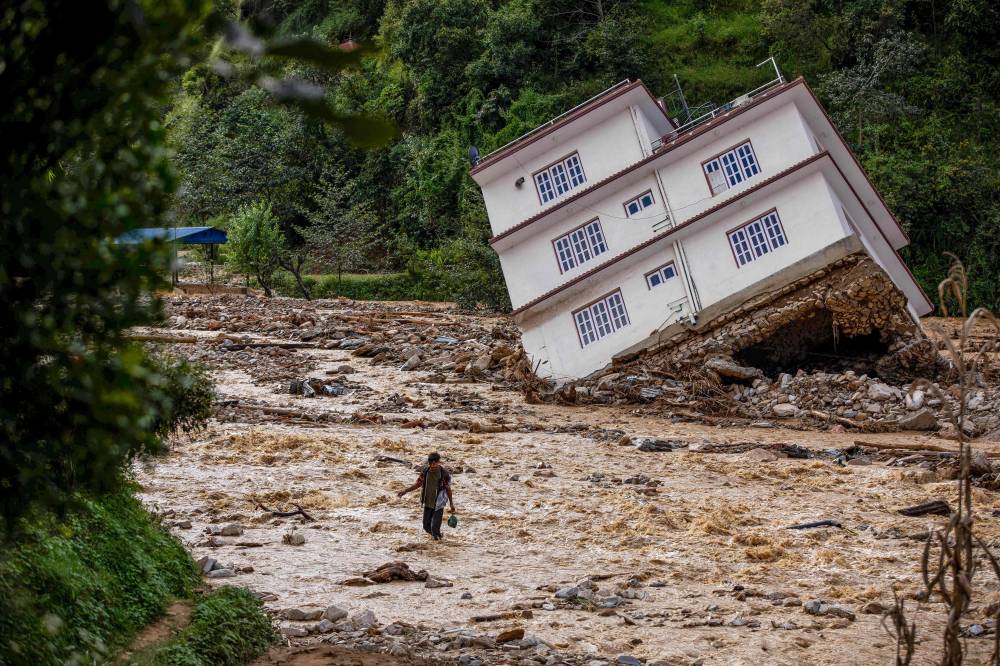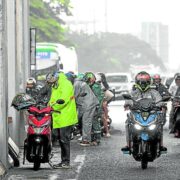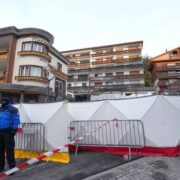South Asia’s monsoon and Nepal’s floods explained

KATHMANDU—Floods in Nepal have killed 200 people after pounding monsoon rains that caused rivers to break their banks and inundate entire neighborhoods in the capital Kathmandu.
AFP explains what the monsoon is, why it is so important and yet so dangerous, and how climate change and other man-made effects may be altering the vast life-giving but destructive annual weather system.
What is the monsoon?
The Southwest or the Asian Summer Monsoon is essentially a colossal sea breeze that brings South Asia 70-80 percent of its annual rainfall between June and September every year.
It occurs when summer heat warms the landmass of the subcontinent, causing the air to rise and sucking in cooler Indian Ocean winds which then produce enormous volumes of rain.
The monsoon is vital for agriculture and therefore for the livelihoods of millions of farmers and for food security in a region home to around 2 billion people.
But it brings destruction every year in landslides and floods. Melting glaciers add to the volume of water while unregulated construction in flood-prone areas exacerbates the damage.

Torrential storms have brought flooding, landslides and lightning that has killed hundreds of people around South Asia since June, including more than 300 in Nepal.
Forecasting difficulties
Despite being heavily studied, the monsoon is relatively poorly understood. Exactly where and when the rain will fall is hard to forecast and varies considerably.
This year, for example, while Pakistan has seen a deluge, eastern and northeastern India reportedly had the lowest amounts of July rainfall in 122 years.
Fluctuations are caused by changes in global atmospheric and oceanic conditions, such as the El Niño effect in the Pacific and a phenomenon called the Equatorial Indian Ocean Oscillation (Equinoo), only discovered in 2002.
Other factors are thought to include local effects such as aerosols, clouds of dust blowing in from the Sahara desert, air pollution and even irrigation by farmers.
The “wetting pattern appears to be due to a change in circulation during the early rainy season in response to aerosols emitted outside of South Asia,” according to a post on UK-based climate science and policy website Carbon Brief.
Climate change
South Asia is getting hotter and in recent years has seen more cyclones, but scientists are unclear on how exactly a warming planet is affecting the highly complex monsoon.
A 2021 study by the Potsdam Institute for Climate Impact Research (PIK) tracking monsoon shifts from the mid-20th century suggested that it was becoming stronger and more erratic.
Initially, aerosol pollution reflecting sunlight subdued rainfall, but from the 1980s the warming effects of greenhouse gases began to drive stronger and more volatile rainy seasons, the study said.
The Indian government’s first ever climate change assessment, released in 2020, said that overall monsoon precipitation fell by around six percent from 1951 to 2015.
It said that there was an “emerging consensus” that this was down to aerosol pollution considerably offsetting the expected rise in rainfall from global warming.
With continued warming and lower aerosol emissions, it projected more rain and greater variability by the end of this century.
Impact on Nepal
Nepal’s capital Kathmandu was hit by days of relentless rains including around 240 millimeters in the 24 hours to Saturday morning—the highest daily figure recorded in more than two decades.
The downpours swelled the Bagmati river and its tributaries, which crisscross the city, and quickly inundated thousands of homes around the city of nearly 1 million people.
Climate expert Arun Bhakta Shrestha of the Nepal-based International Center for Integrated Mountain Development said it was unusual to see so much rain at a time when the monsoon season was drawing to a close.
“Rainfall of this kind has to be described as abnormal,” he told AFP. “It is an extreme event… I see the possibility of the role of climate change to some extent.”
But he also said the impact of the floods had been worsened due to unchecked urban development around Kathmandu’s riverbanks, home to thousands living in haphazard slum communities.
AFP is one of the world's three major news agencies, and the only European one. Its mission is to provide rapid, comprehensive, impartial and verified coverage of the news and issues that shape our daily lives.

















